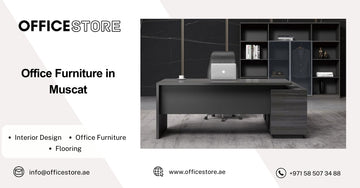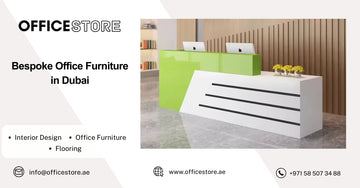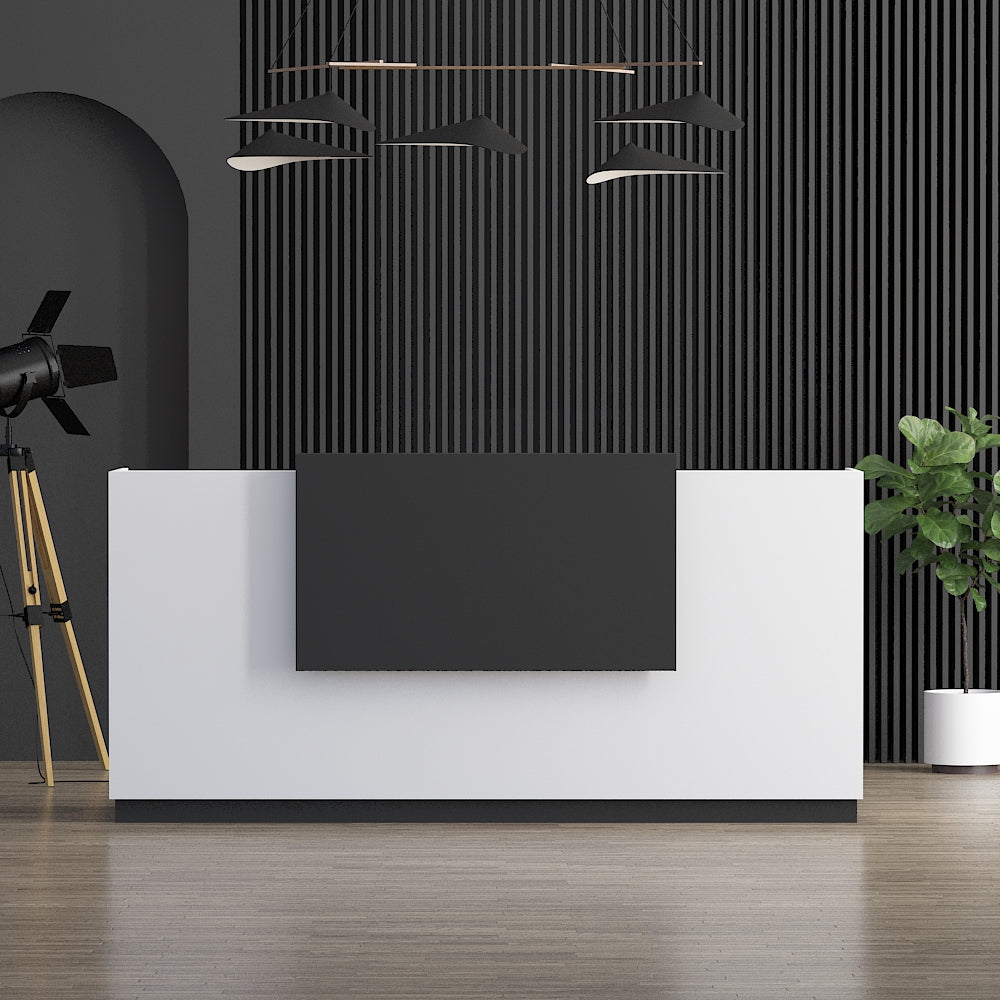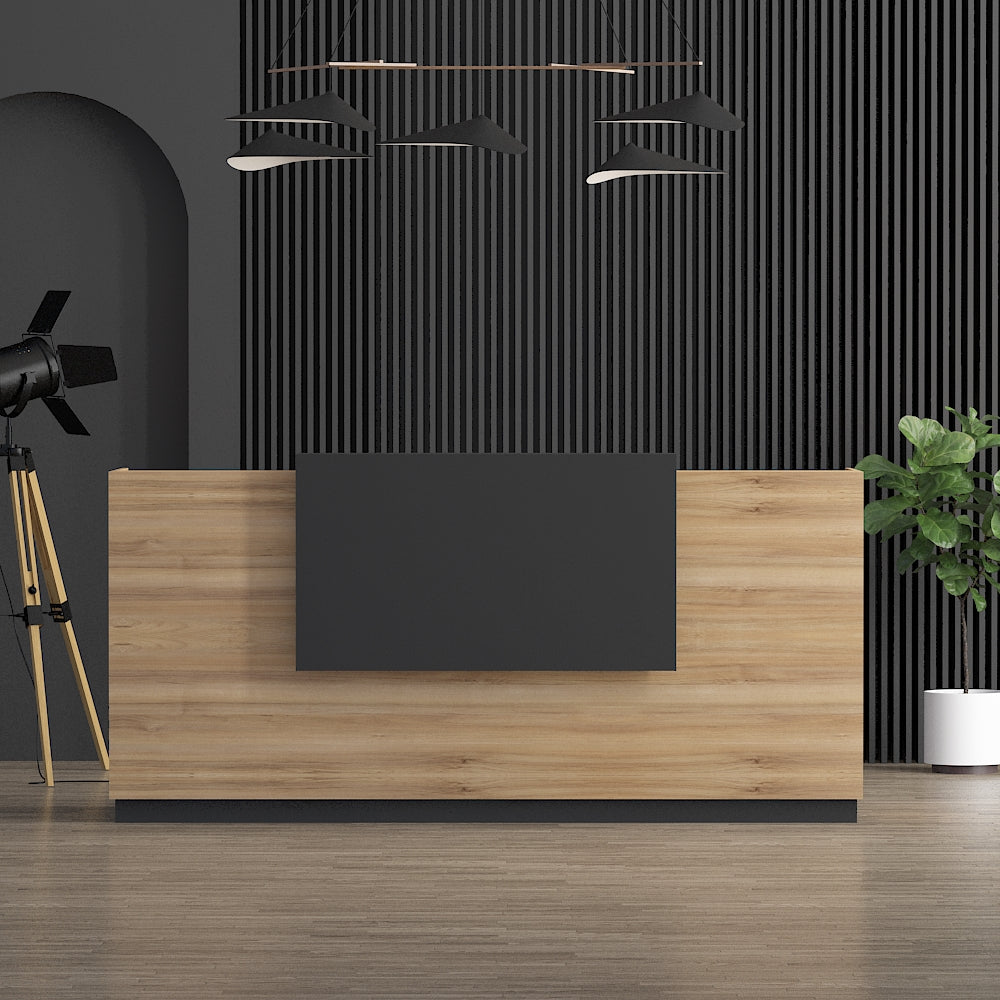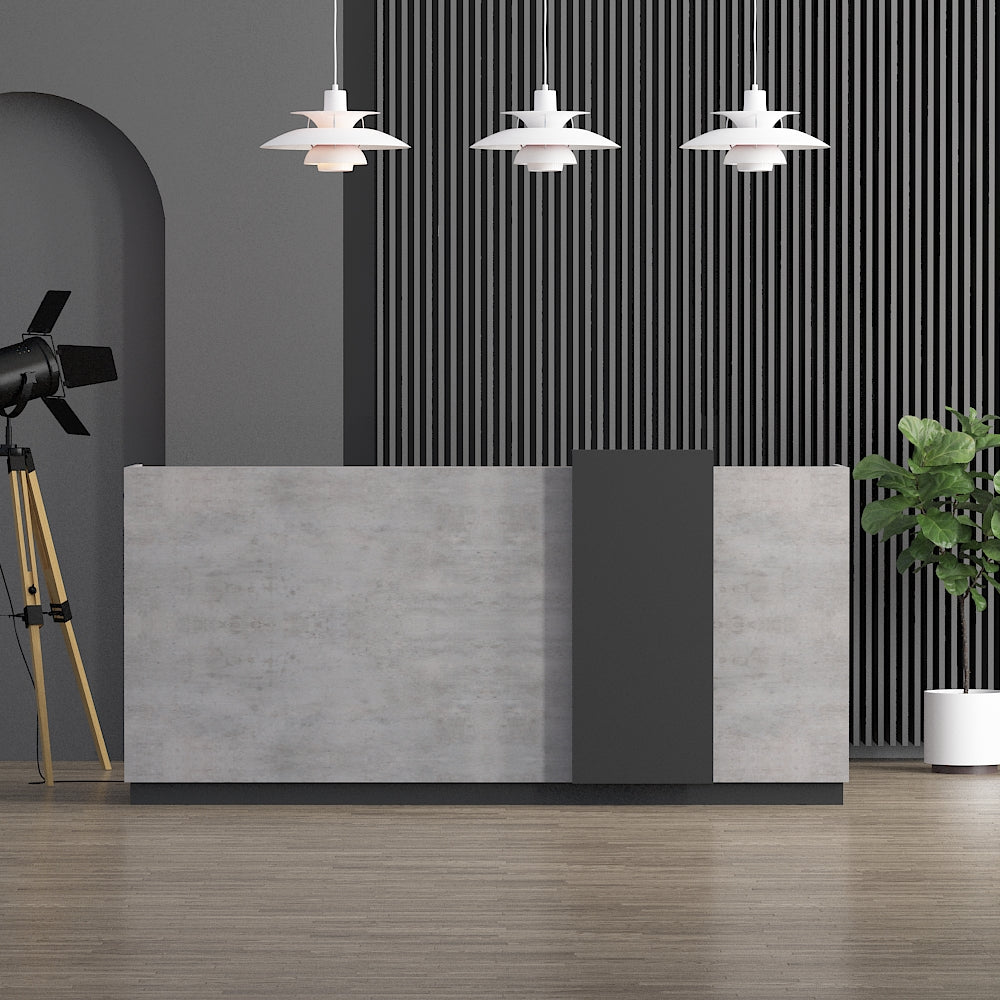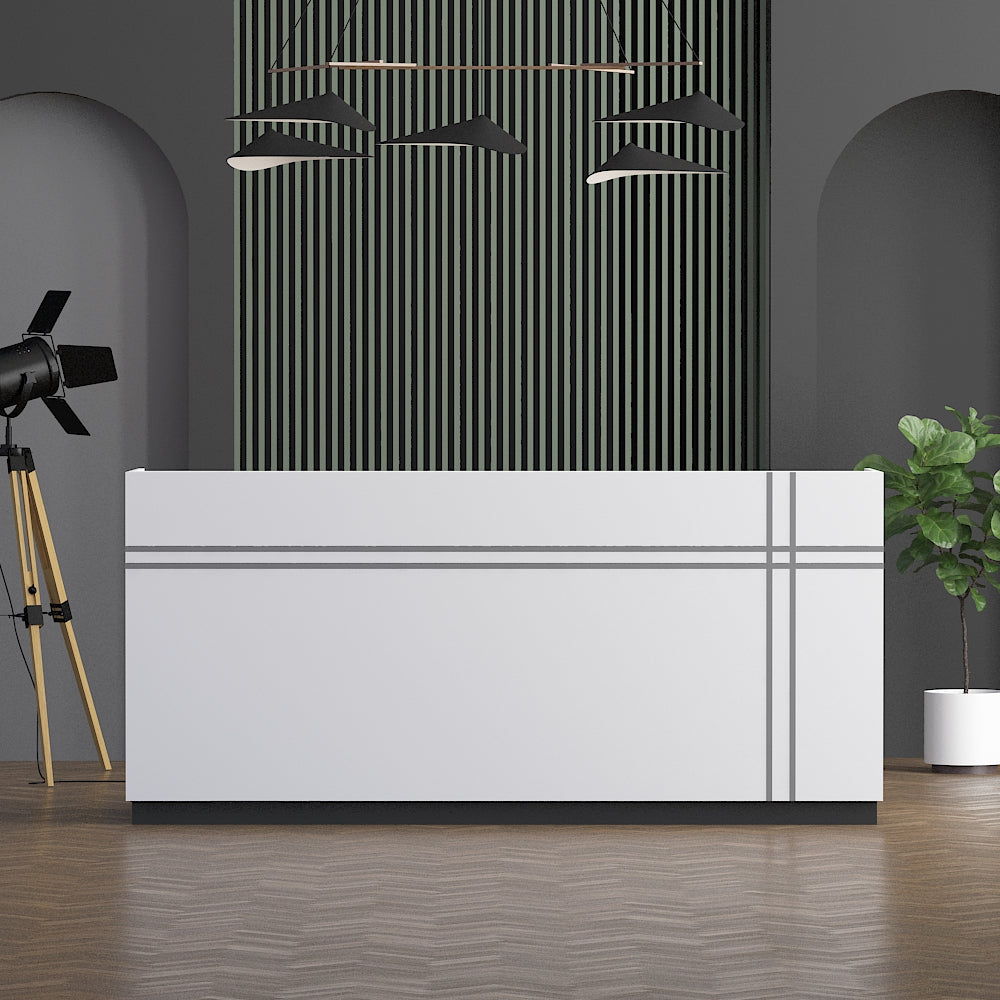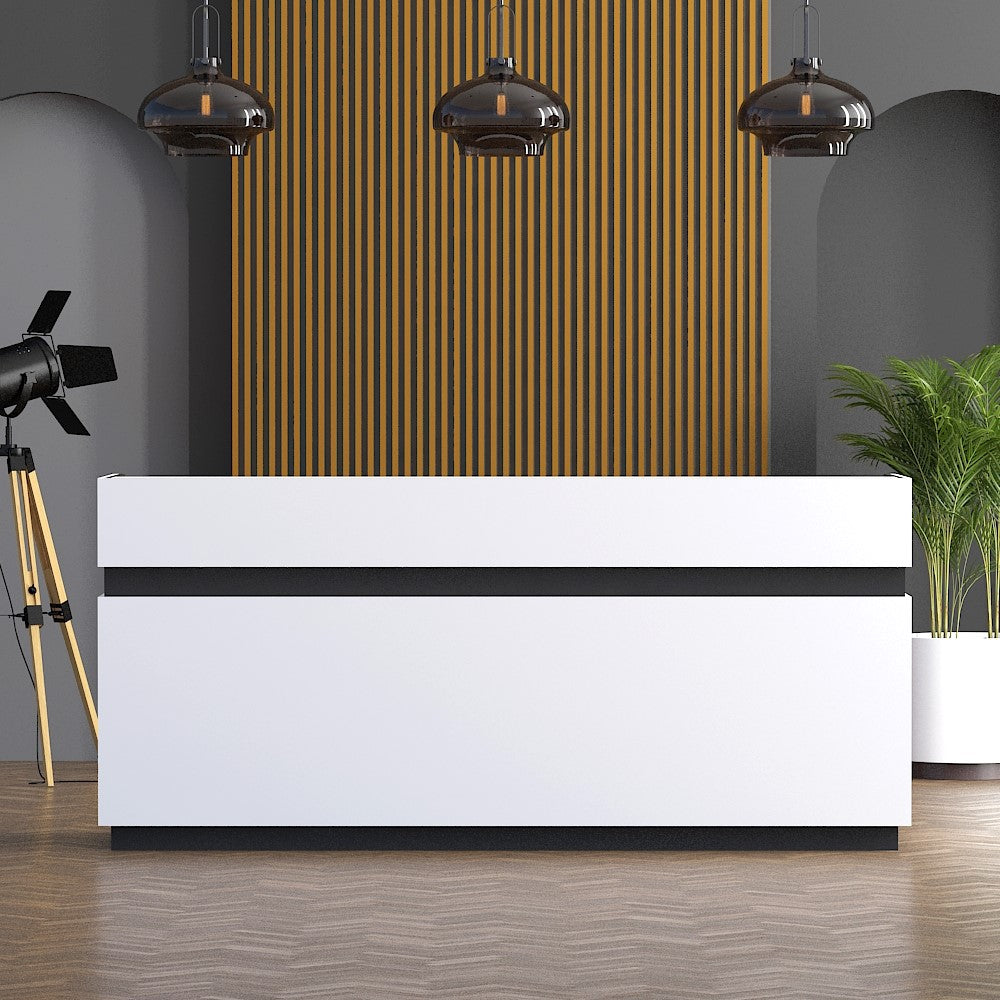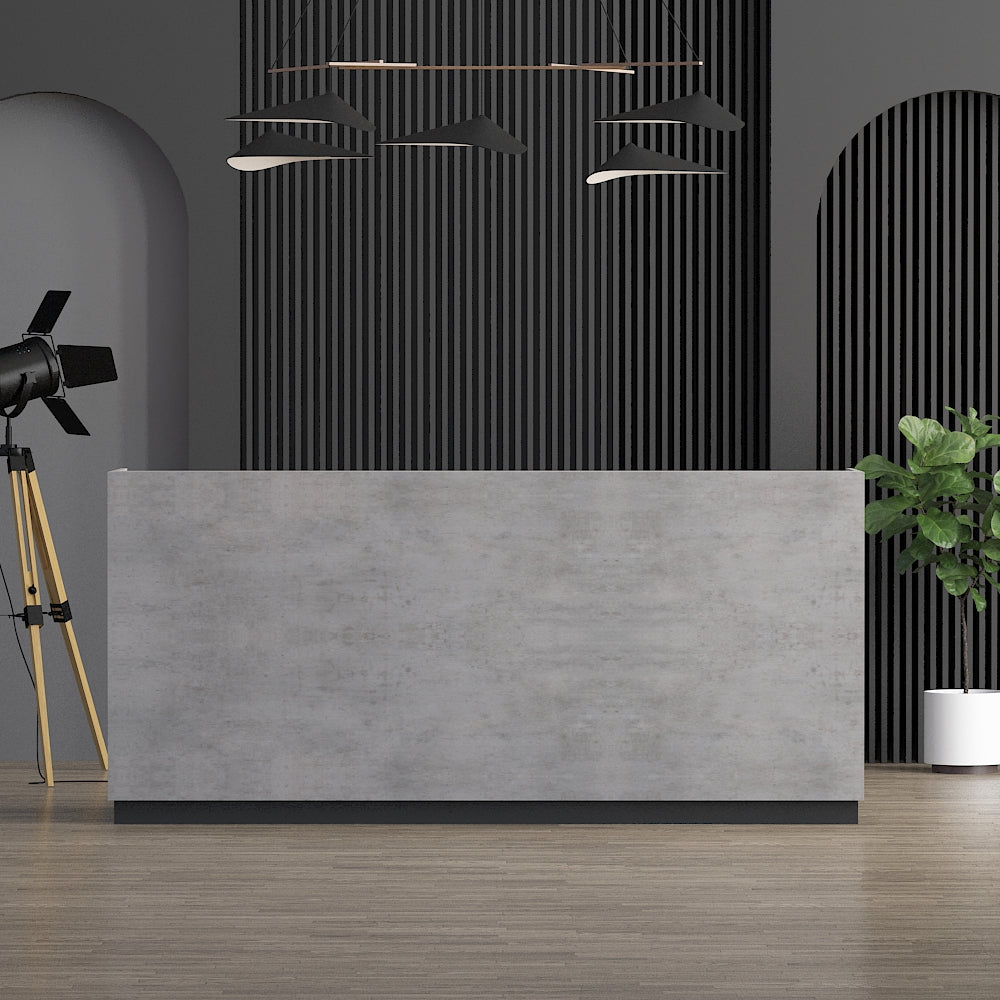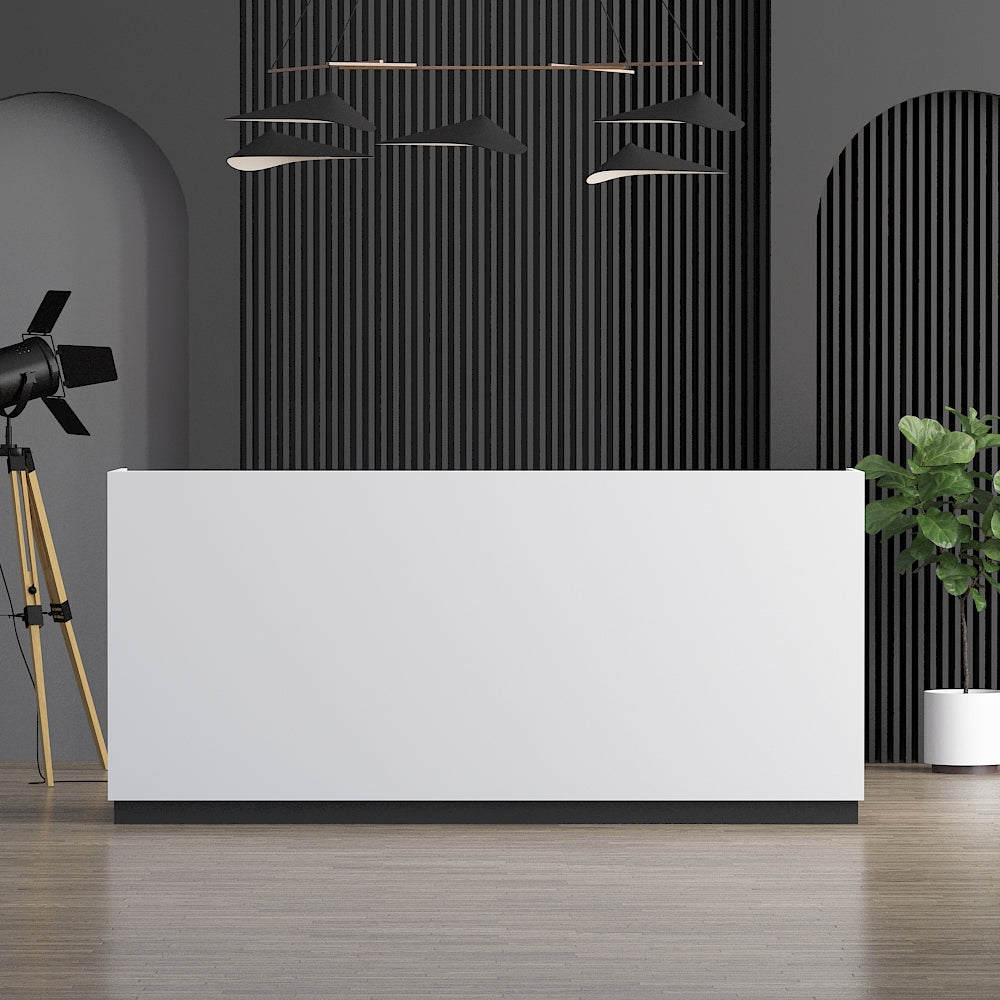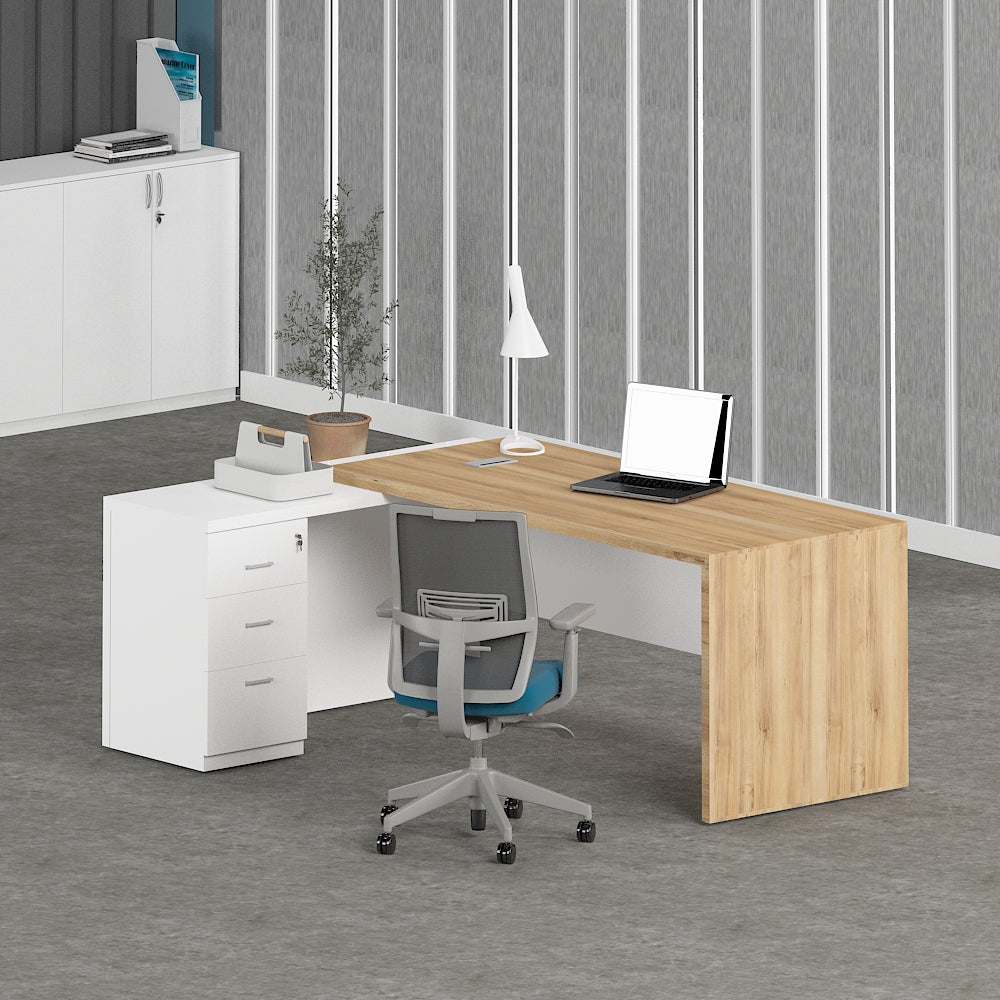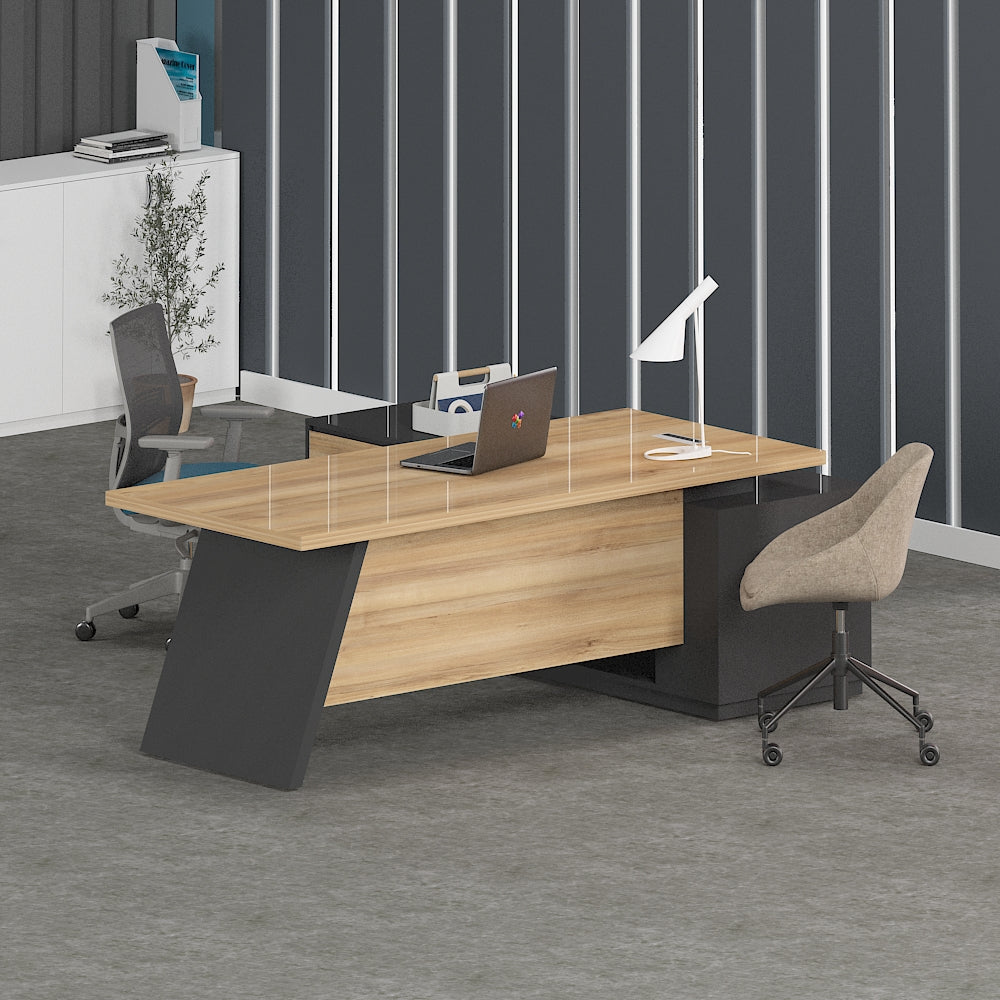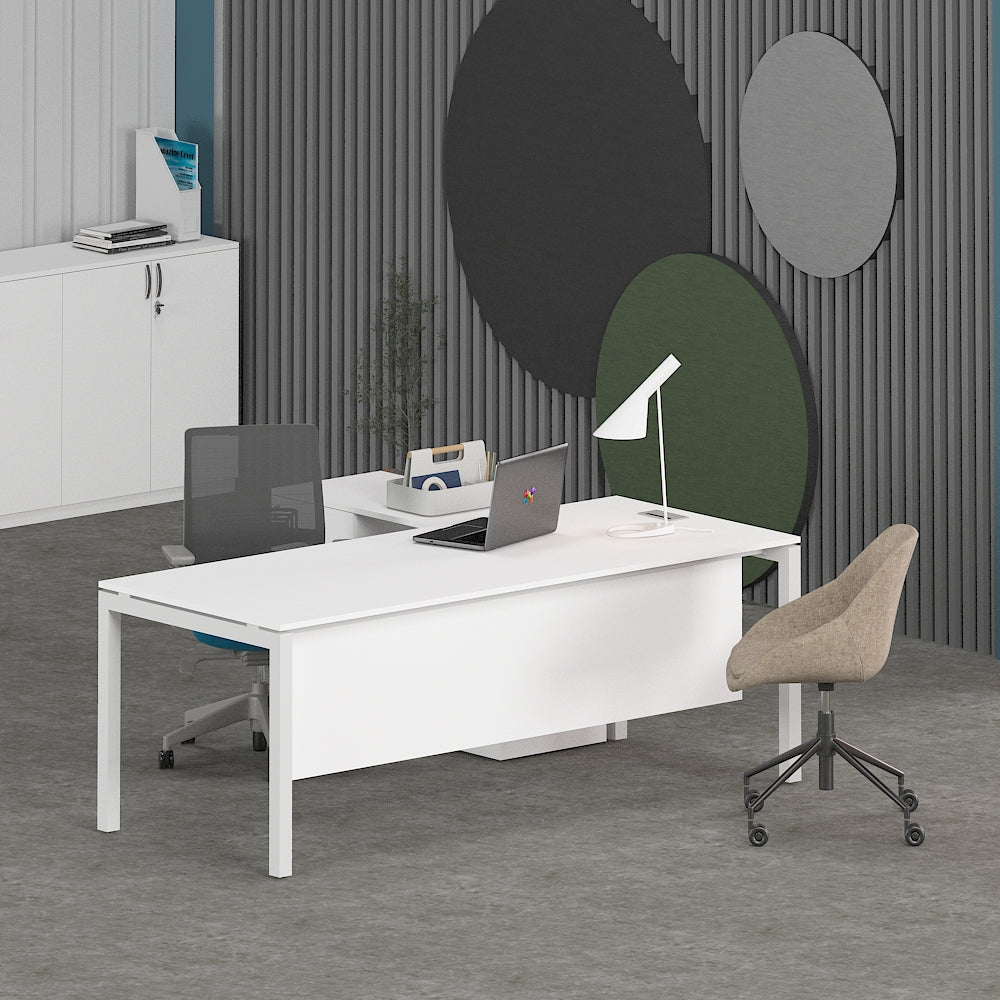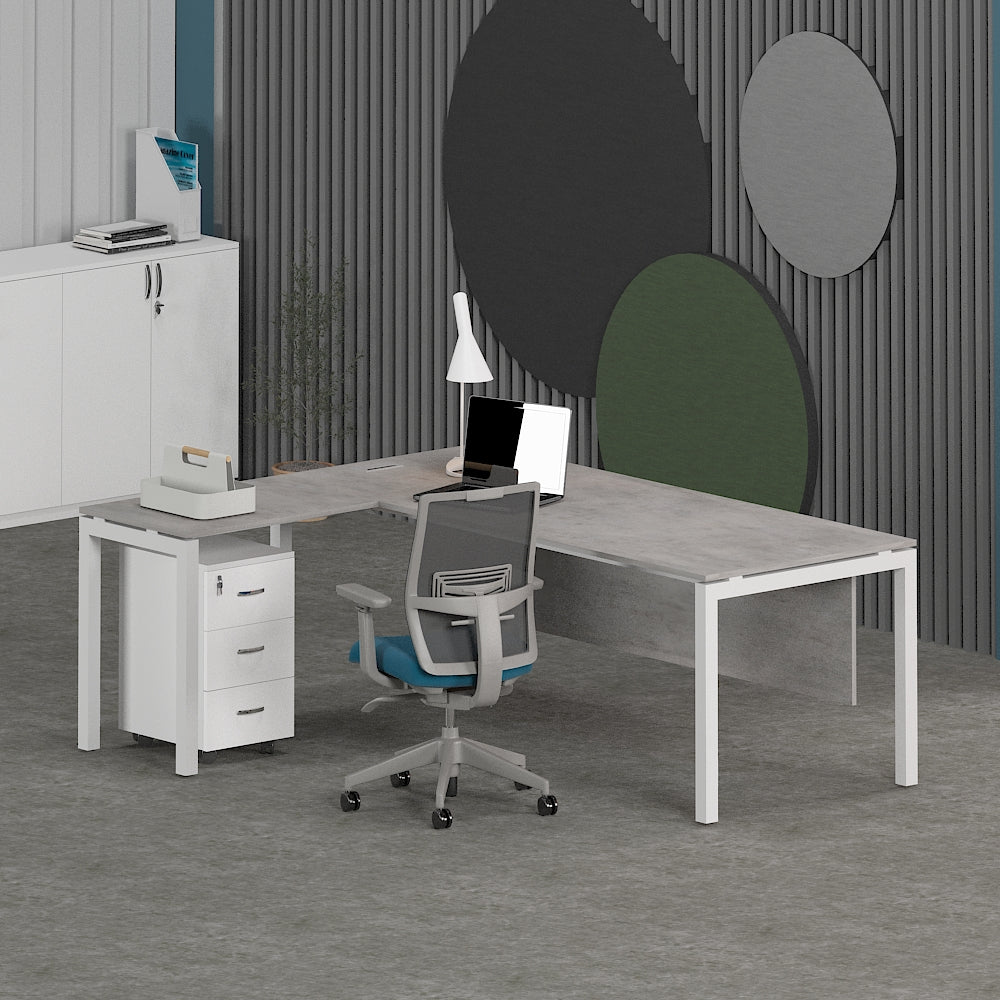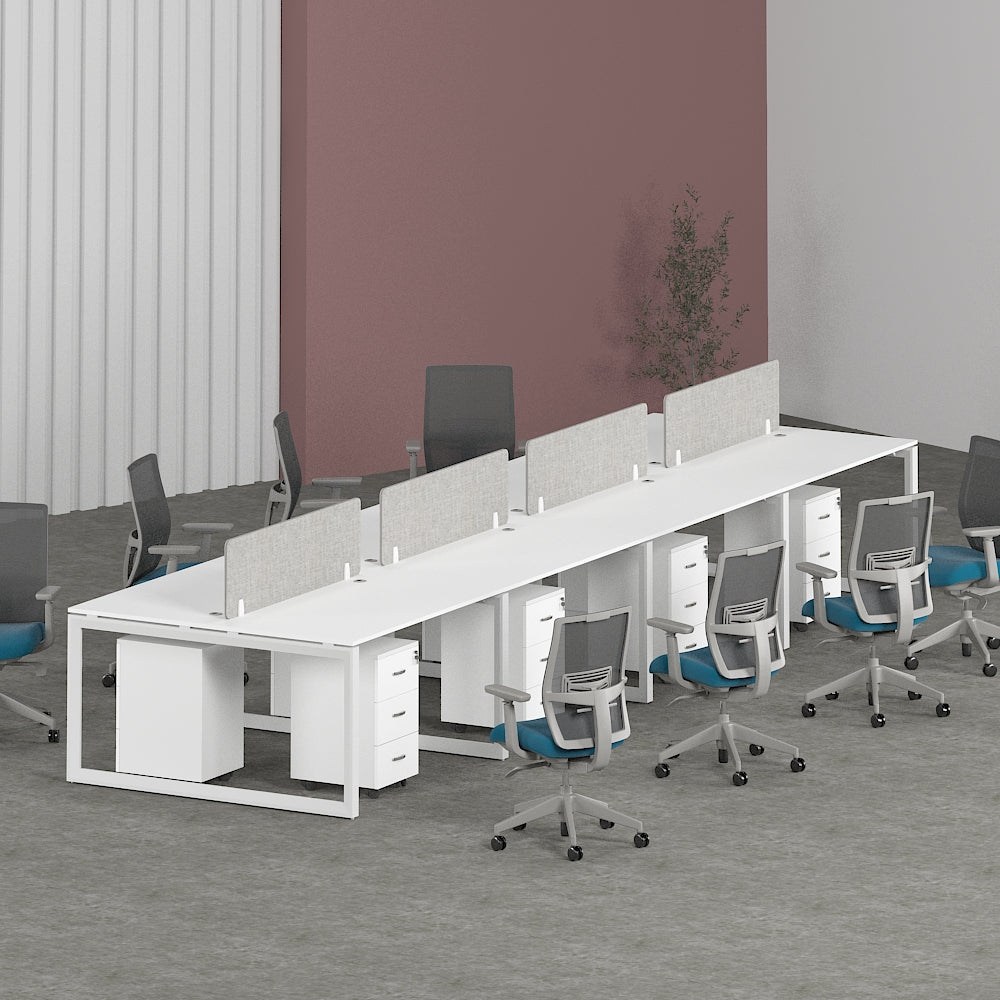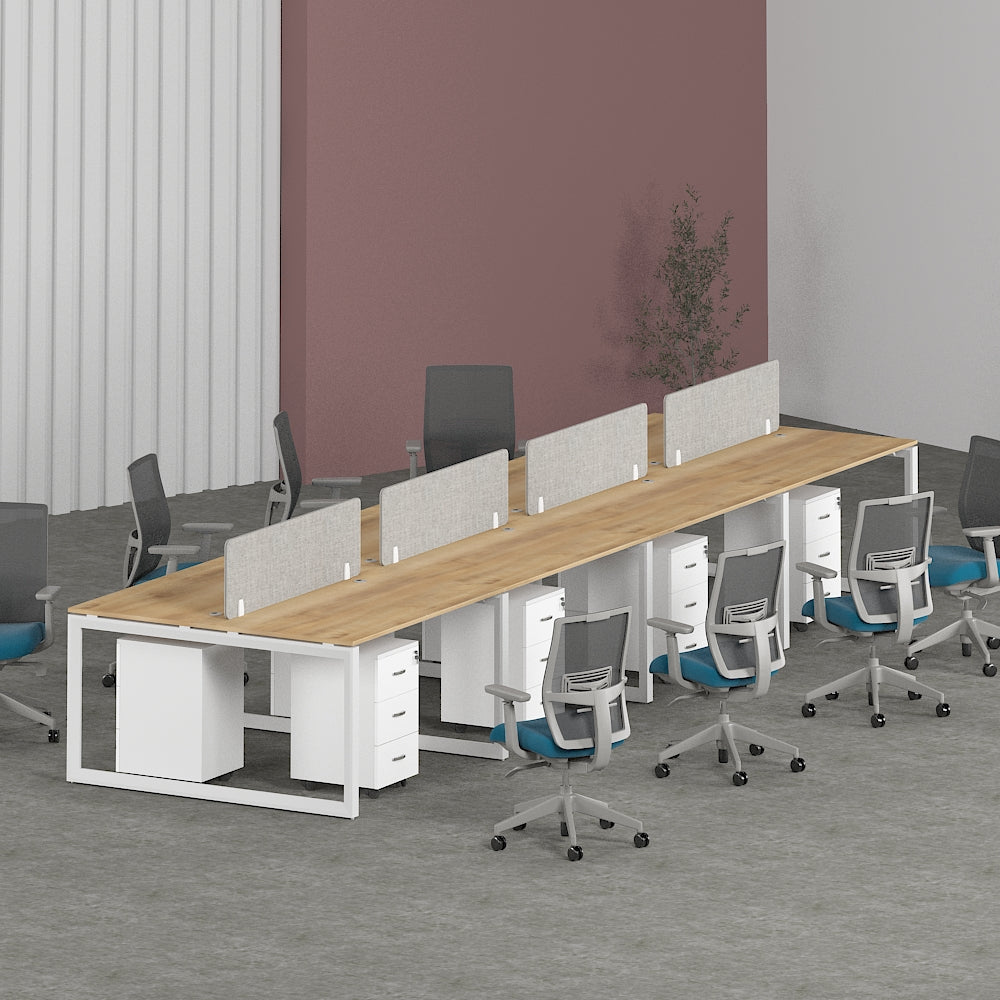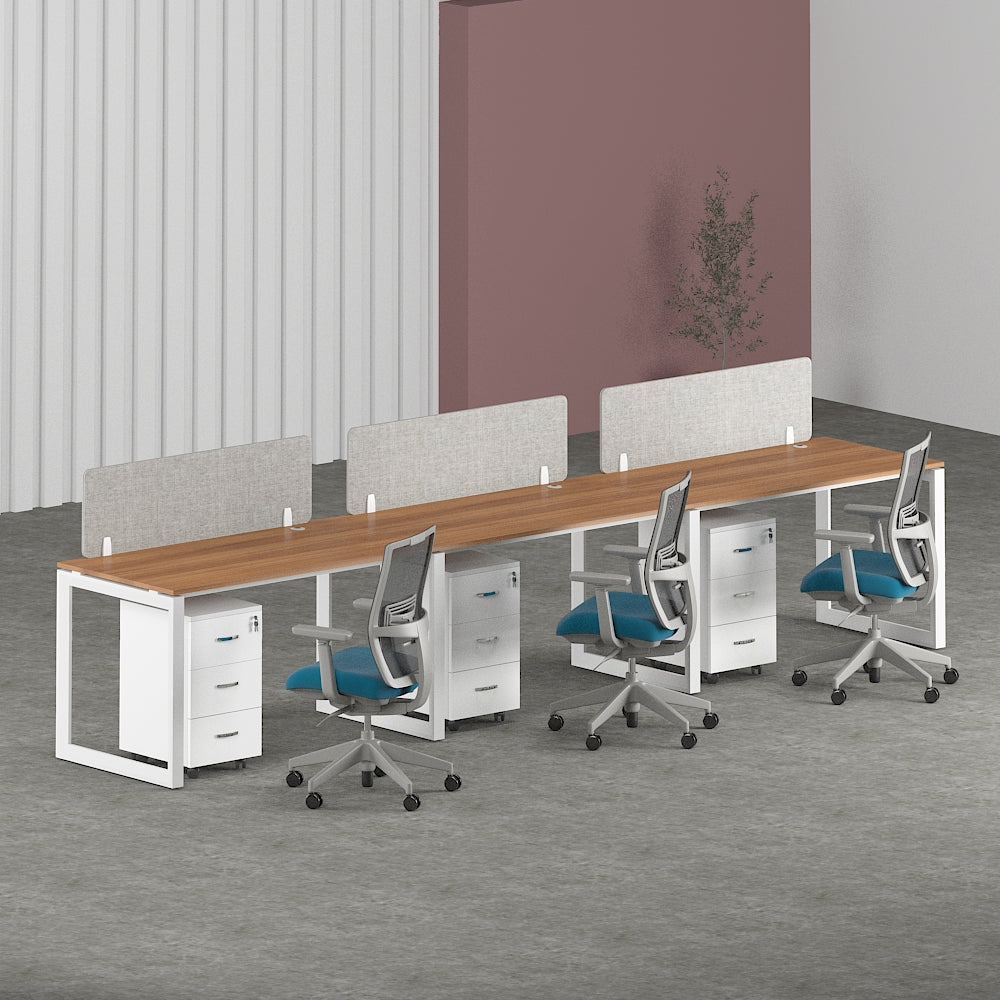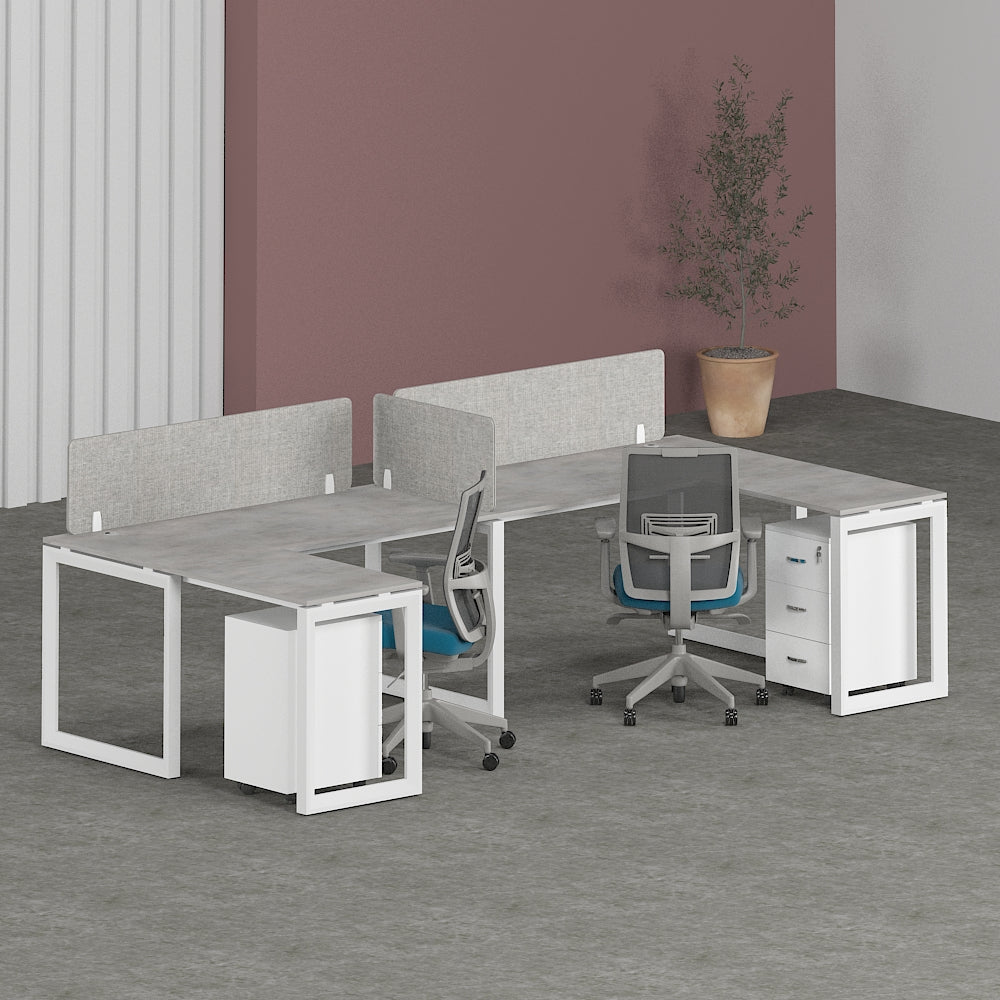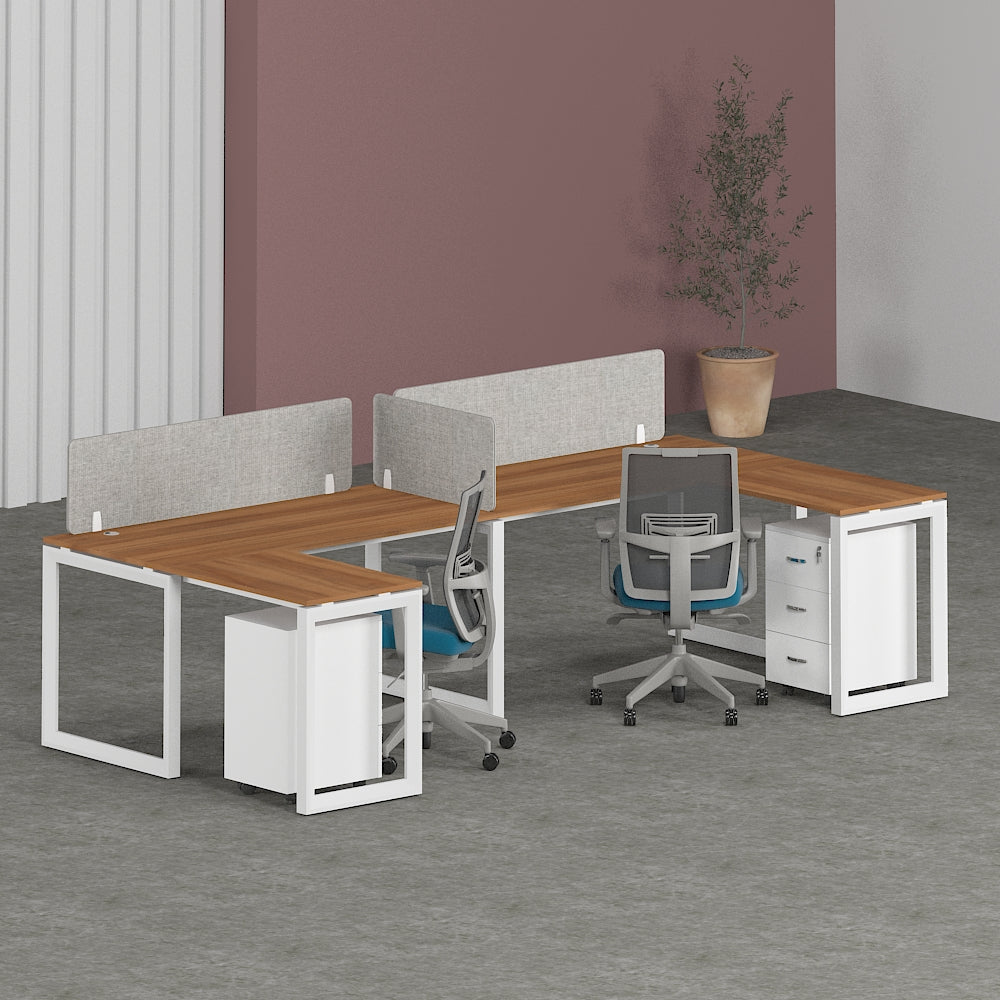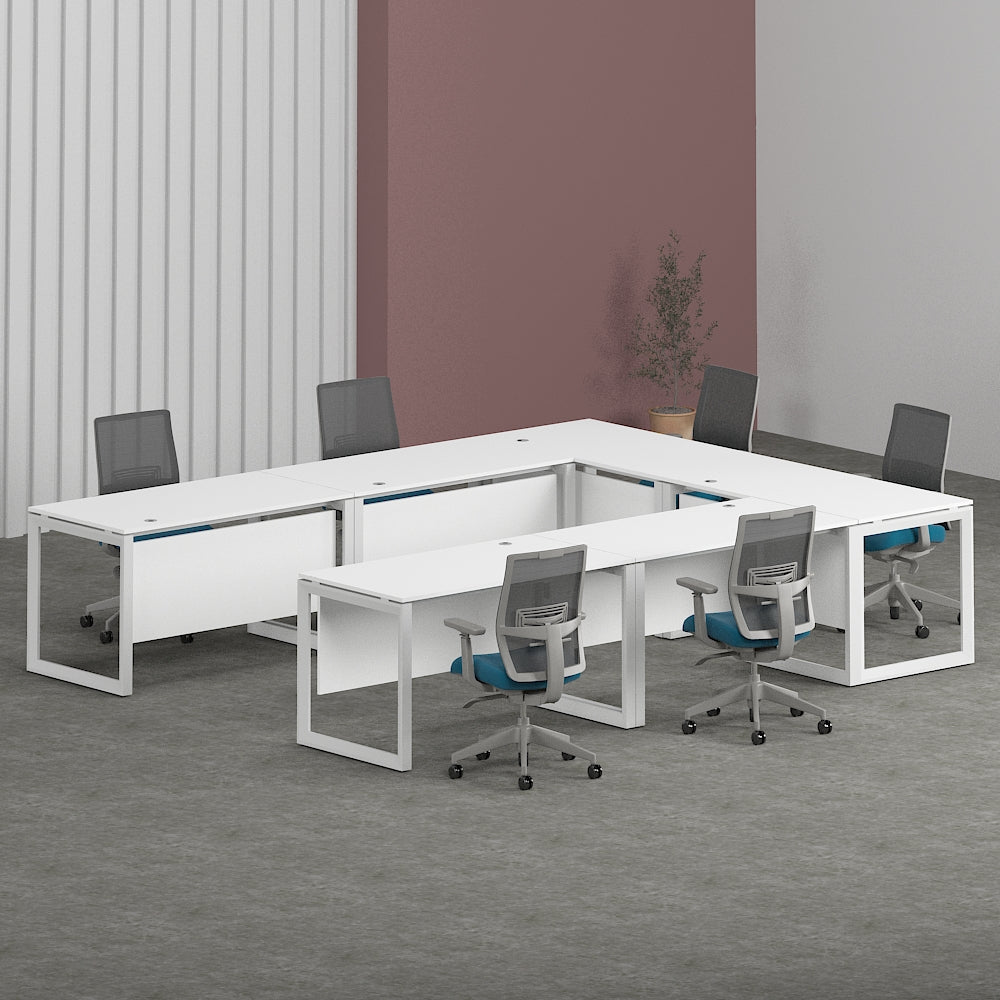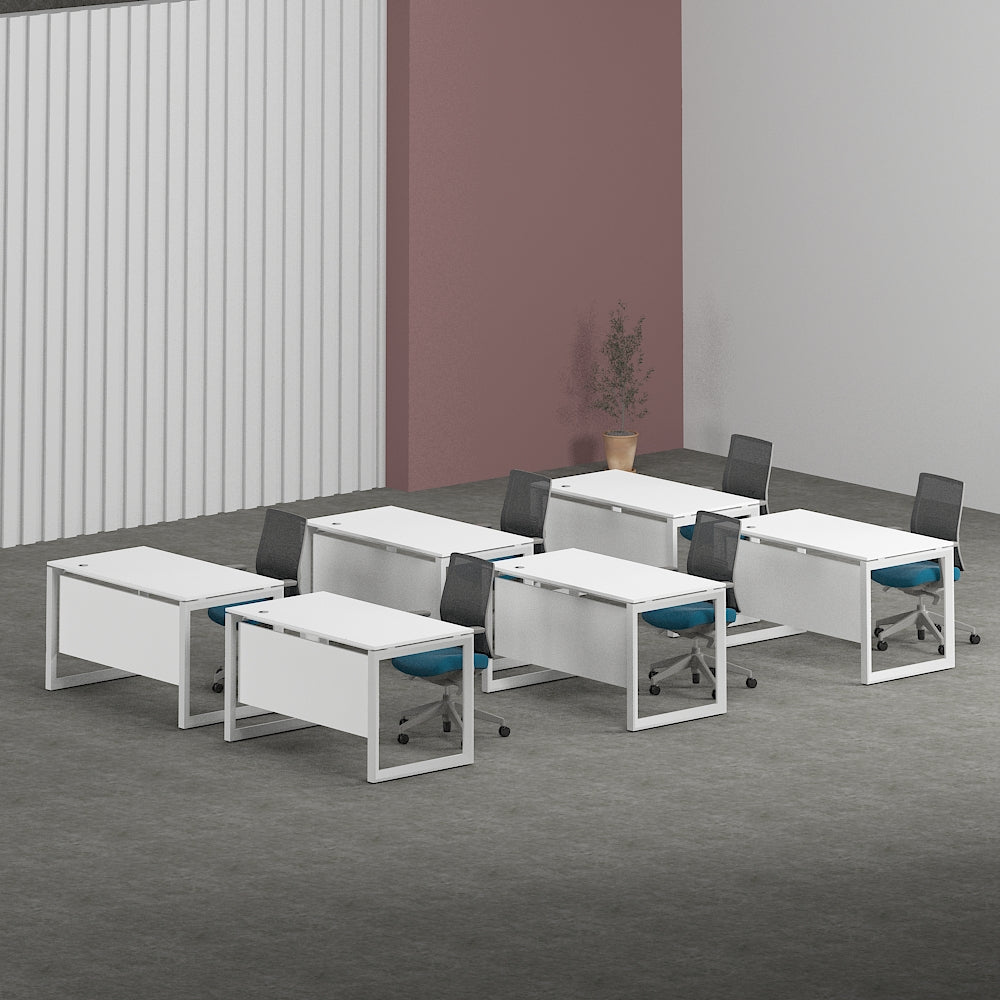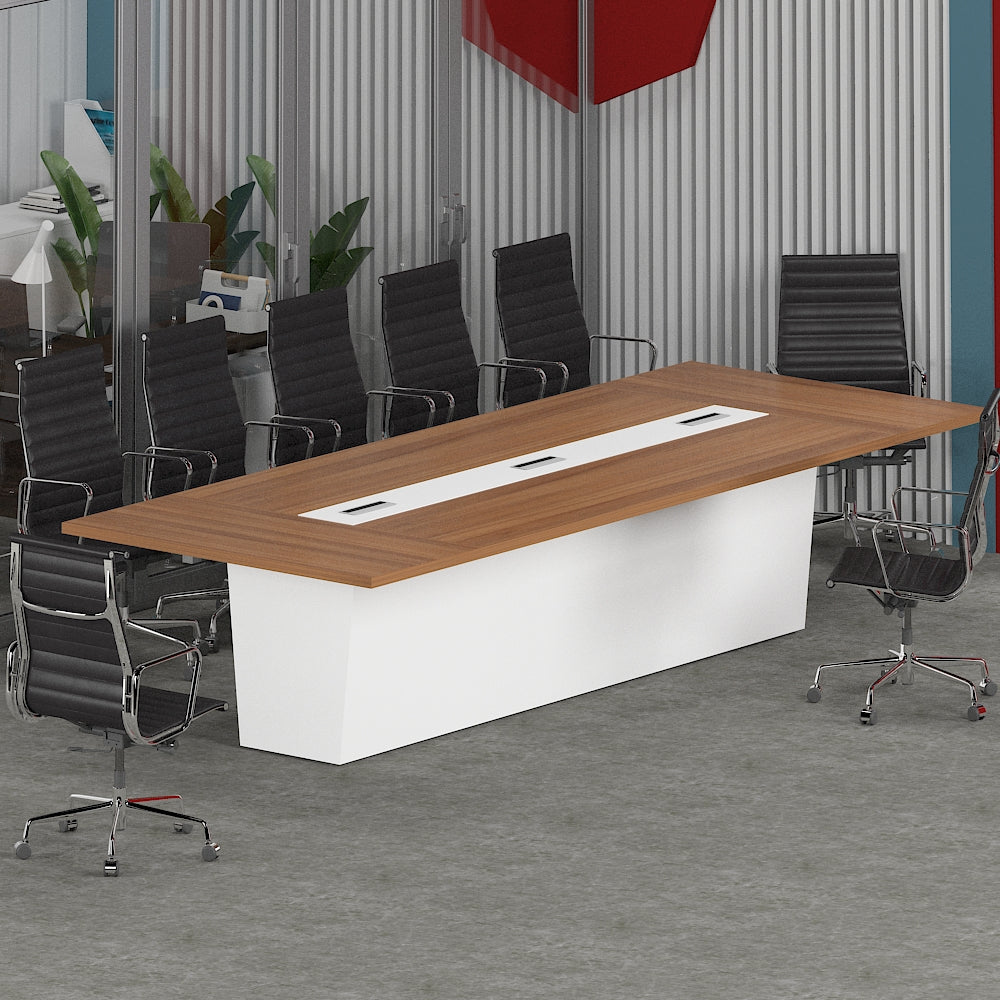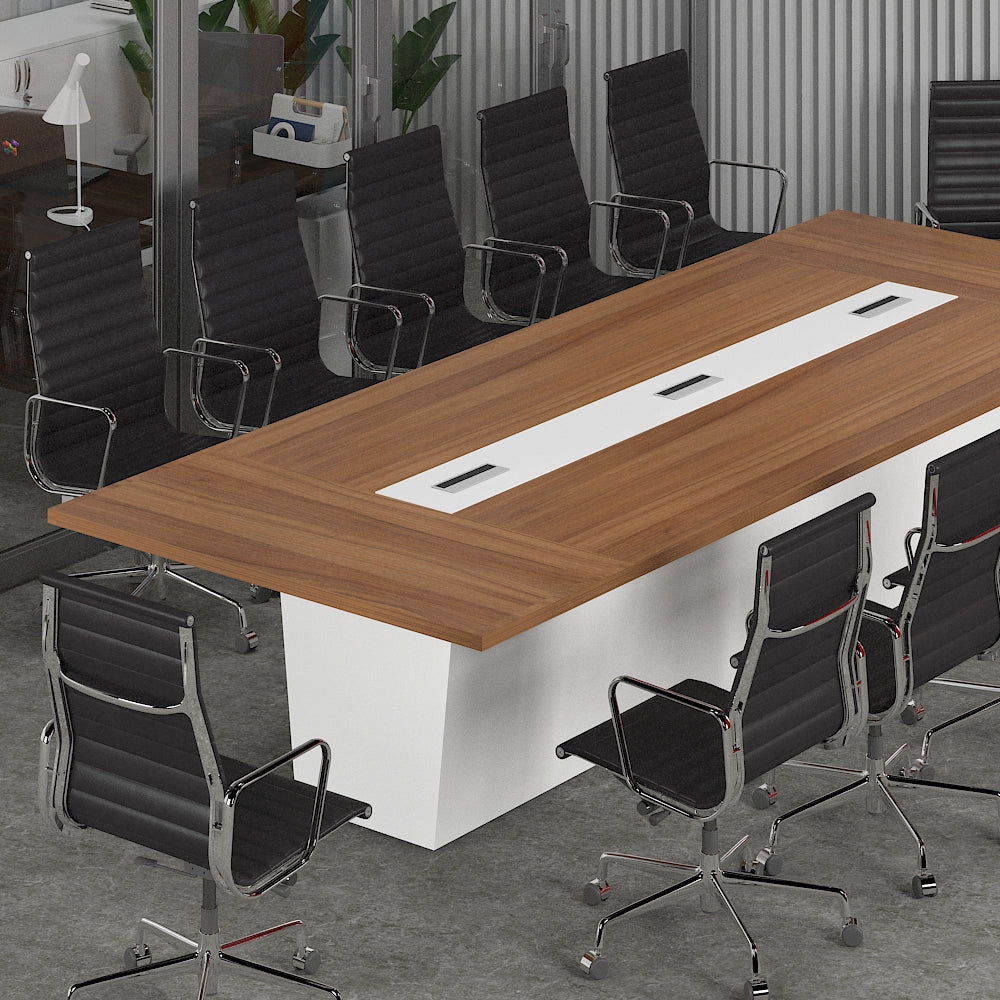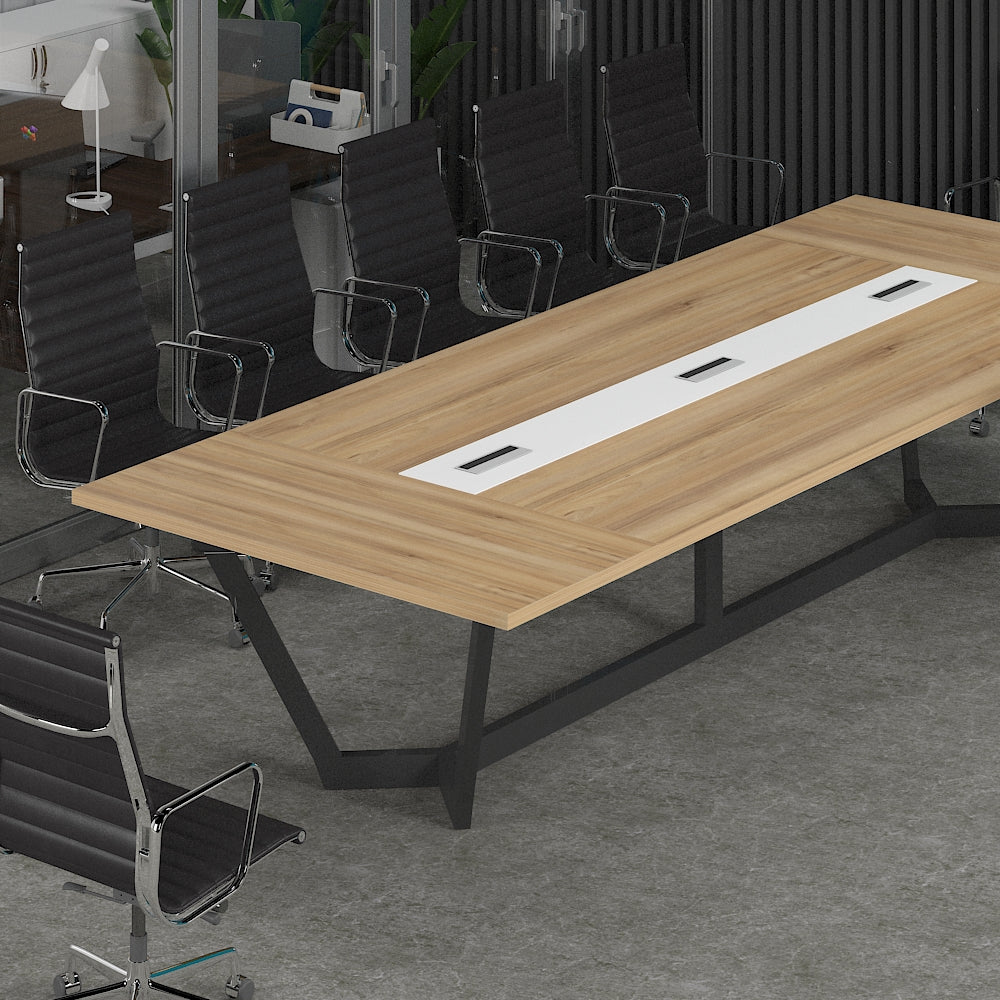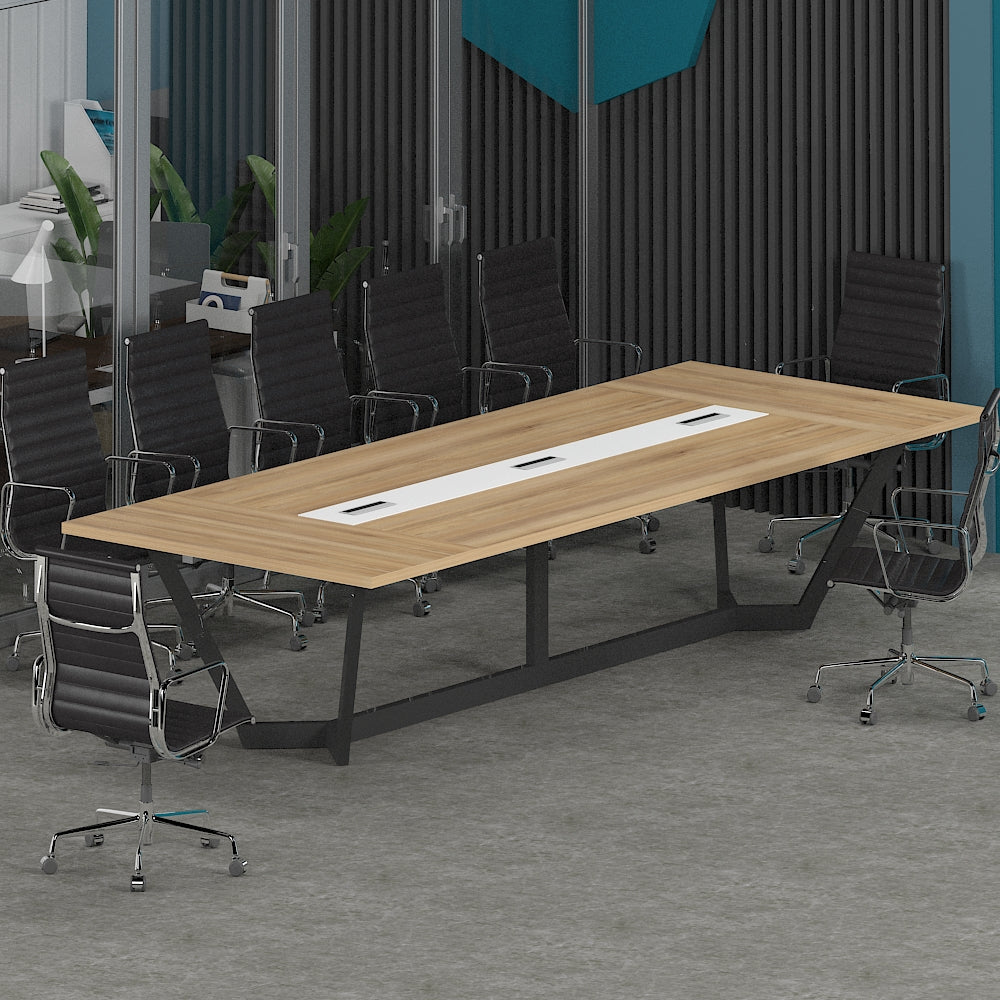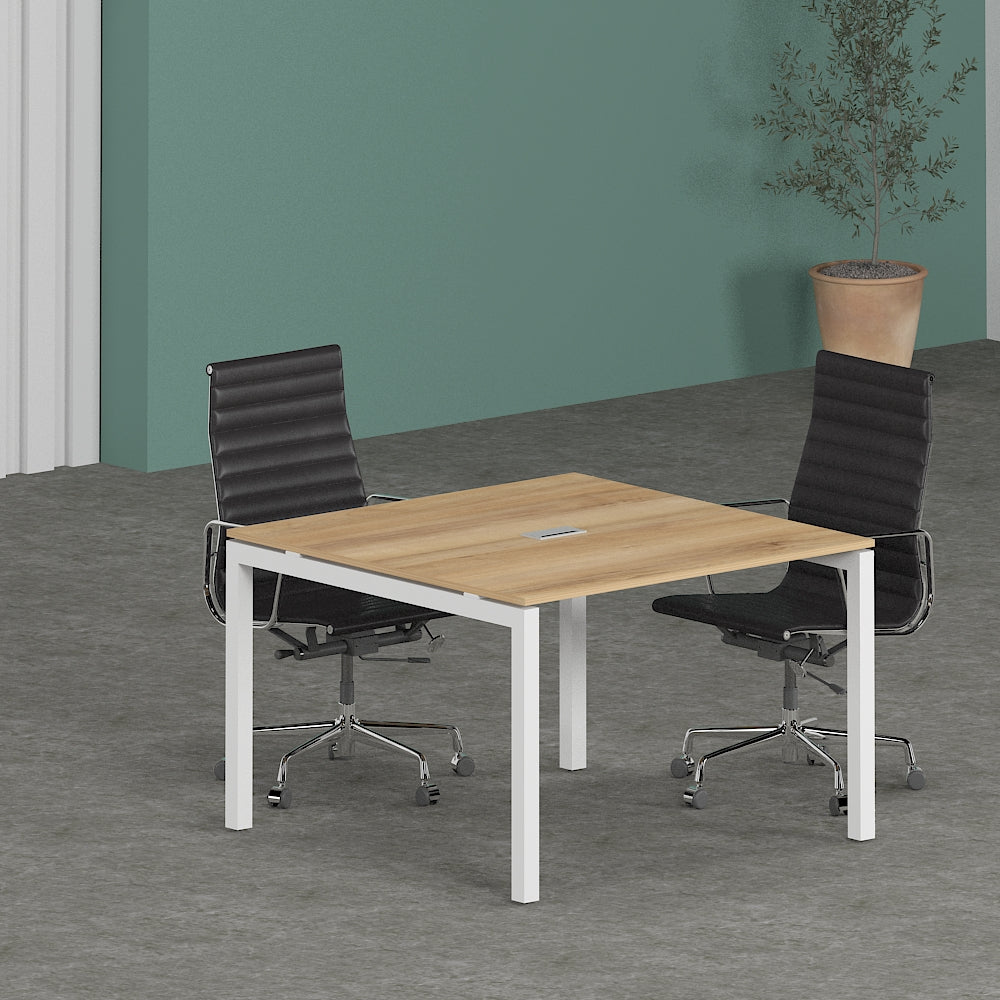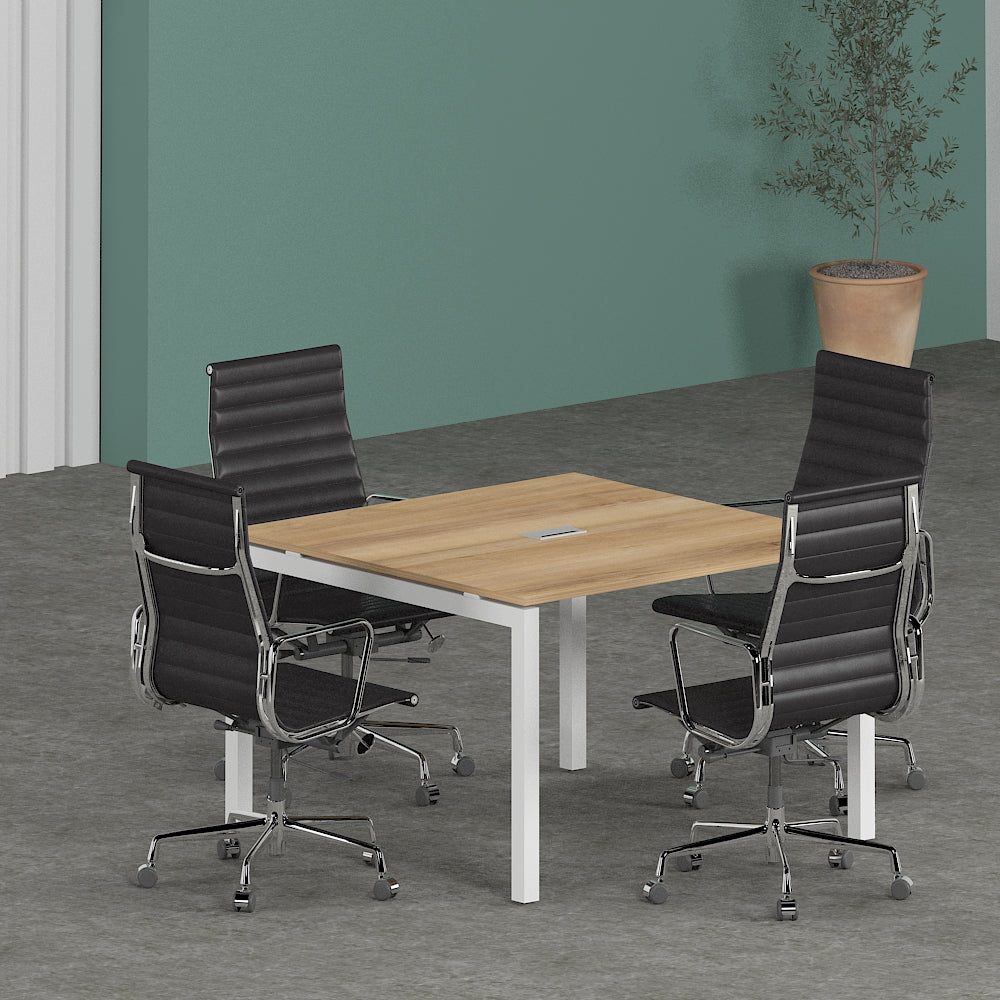How Consumer Trends Are Changing Towards Modern Office Furniture
In today's rapidly evolving business landscape, keeping pace with consumer trends is essential for success, especially in the realm of office furniture. From ergonomic chairs to collaborative workstations, modern offices are undergoing a significant transformation. Let's delve into how consumer trends are shaping the landscape of office furniture and how businesses can adapt to meet the demands of the contemporary workplace.
The Rise of Modern Office Furniture
Gone are the days of dull, uninspiring office spaces dominated by bulky desks and uncomfortable chairs. The rise of modern office furniture marks a paradigm shift in workplace aesthetics and functionality. Historically, office furniture was primarily designed for utility, with little emphasis on design or comfort. However, with the advent of modern design principles, office furniture has evolved to prioritize both form and function.
Understanding Consumer Behavior
Consumer preferences play a pivotal role in driving the demand for modern office furniture. Factors such as comfort, style, and functionality influence purchasing decisions. In today's highly competitive job market, employers are increasingly recognizing the importance of creating conducive work environments to attract and retain top talent. As a result, there is a growing emphasis on ergonomic furniture that promotes employee well-being and productivity.
Key Office Furniture Trends
The contemporary office furniture market is characterized by a myriad of trends catering to diverse consumer needs. From standing desks to modular seating arrangements, here are some key trends shaping the landscape of office furniture:
-
Flexibility and Adaptability: Flexible furniture solutions that can be easily reconfigured to accommodate changing work dynamics.
-
Sustainability: Growing demand for eco-friendly furniture made from sustainable materials.
-
Technology Integration: Integration of technology into furniture design, such as built-in charging stations and wireless connectivity.
-
Biophilic Design: Incorporation of natural elements into office spaces to promote well-being and creativity.
The Impact of Modern Office Design
The design of the workplace plays a significant role in shaping employee behavior and performance. Research has shown that well-designed offices can have a positive impact on employee productivity, creativity, and satisfaction. Modern office designs prioritize open layouts, natural light, and collaborative spaces to foster a sense of community and innovation.
Innovative Solutions in Office Furniture
Innovation is at the forefront of modern office furniture design. From adjustable desks to ergonomic accessories, manufacturers are constantly introducing innovative solutions to enhance the modern workplace experience. Customization options allow businesses to tailor furniture solutions to meet the unique needs of their workforce, promoting individual comfort and productivity.
Evolving Workspace Designs
The traditional notion of a fixed desk and chair is gradually fading away in favor of more dynamic and flexible workspace designs. Collaborative workspaces equipped with modular furniture encourage interaction and creativity among employees. Additionally, the adoption of agile work practices has led to the proliferation of hot-desking and shared workstations, reflecting a shift towards more fluid and adaptable office layouts.
The Shift in Office Decor
In addition to functionality, aesthetics play a crucial role in modern office design. Sleek, minimalist furniture designs are favored for their contemporary appeal, complemented by vibrant colors and geometric patterns. Moreover, there is a growing emphasis on creating Instagram-worthy spaces that reflect the brand identity and culture of the organization.
The Role of Ergonomics
Ergonomics is a key consideration in modern office furniture design, focusing on optimizing the interaction between individuals and their work environment. Ergonomic chairs, adjustable desks, and supportive accessories are designed to promote proper posture and reduce the risk of musculoskeletal disorders. By prioritizing employee health and comfort, businesses can enhance productivity and reduce absenteeism.
Adapting to Contemporary Office Solutions
Businesses must adapt to the changing landscape of office furniture to remain competitive in today's market. This involves embracing innovative solutions that prioritize employee well-being and collaboration. Investing in modern office furniture not only enhances the physical workspace but also reflects a commitment to creating a positive and productive work environment.
Challenges and Opportunities
While the shift towards modern office furniture presents numerous opportunities for businesses, it also comes with its fair share of challenges. Balancing cost-effectiveness with quality and sustainability can be a daunting task for organizations operating on tight budgets. However, by staying abreast of the latest trends and leveraging innovative design solutions, businesses can overcome these challenges and position themselves for success in the evolving office furniture market.
Conclusion
In conclusion, consumer trends are driving a seismic shift in the landscape of office furniture, with a growing emphasis on modern design, functionality, and employee well-being. By understanding and adapting to these trends, businesses can create inspiring work environments that foster creativity, collaboration, and productivity. As the workplace continues to evolve, embracing innovation and prioritizing employee satisfaction will be key to staying ahead of the curve in the dynamic world of office furniture.
FAQs
-
What are the latest trends in office furniture?
- The latest trends include flexible and adaptable furniture solutions, sustainable designs, and integration of technology into furniture.
-
How does modern office design impact employee productivity?
- Modern office design promotes employee productivity by creating conducive work environments that foster collaboration, creativity, and well-being.
-
Why is ergonomic furniture important in the workplace?
- Ergonomic furniture helps maintain proper posture, reduce the risk of musculoskeletal disorders, and enhance employee comfort and productivity.
-
How can businesses adapt to evolving workspace designs?
- Businesses can adapt by investing in flexible furniture solutions
that can easily be reconfigured to accommodate changing work dynamics. Embracing collaborative workspaces and agile work practices, such as hot-desking and shared workstations, also enables businesses to adapt to evolving workspace designs effectively.
- Businesses can adapt by investing in flexible furniture solutions


